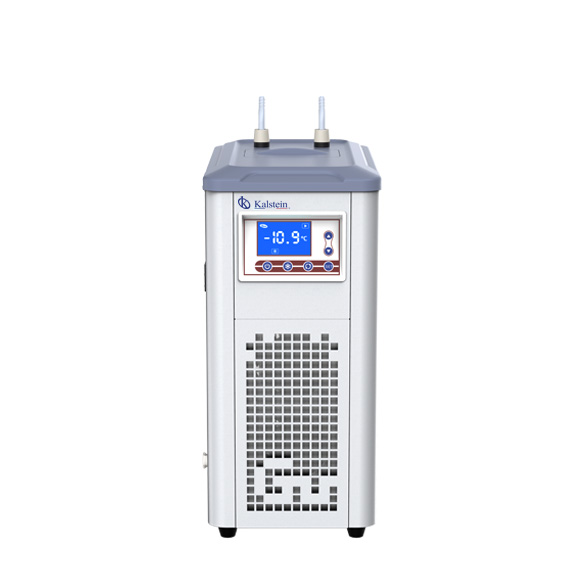Recirculators for domestic use and laboratory recirculators are devices that have different functions and characteristics; these elements facilitate the removal of particles, calories and smoke, in addition to air, other gases and liquids.
Recirculators for domestic use are generally installed in small rooms and spaces; these products are usually made of cheaper materials, making them a low-cost tool.
Notable differences between recirculators for laboratory and domestic use
These devices generally have lower power compared to other similar devices, i.e. they are used for less demanding purposes from the point of view of requirements; in contrast, laboratory recirculators are equipment intended for professional use.
In other words, they are more complex products, generally designed to meet specific needs and requirements; these devices are characterized by higher degrees of protection or safety, manufactured with much better quality materials.
Characteristics of the recirculators
They are usually used in the chemical or pharmaceutical industry, for example; such devices generally have much more power than domestic models, as well as a higher level of performance that facilitates the removal of particles, among other components.
Recirculators for domestic use are low-cost tools that generally have low power, while laboratory recirculators are higher-cost, higher-quality products that guarantee greater safety and higher performance levels.
Types of recirculators offered in the industry and what they are used for
This equipment is intended for professional use in different areas, such as pharmaceuticals, chemistry and even scientific research; there are different types of recirculators designed for different areas of use.
Recirculators for domestic use are low-cost equipment suitable for less demanding purposes, while laboratory recirculators are tools designed to meet specific requirements and promote higher performance in their application.
Differences that allow each to serve specific purposes, and users should take all factors into account when deciding which recirculator to purchase
In addition to these differences, there are also some other characteristics in recirculators that determine whether they are for domestic or laboratory use; recirculators for domestic use normally have a maximum working pressure of 20 – 40 PSI, while laboratory recirculators work with pressures up to 200 PSI.
To culminate; laboratory recirculators have the ability to read and report data, while domestic recirculators generally do not; recirculators for domestic use and recirculators for laboratory use differ in their prices, sizes, capacities and functions.
In our company MANUFACTURER of medical equipment you will be able to get the best quality ones
To obtain sophisticated and top quality equipment related to recirculators just click on the following link HERE
In Kalstein you can get a great variety and thus obtain the best quality in the pharmaceutical industry; visit our website HERE and enjoy great deals, also only we as MANUFACTURERS can guarantee your effective purchase.




